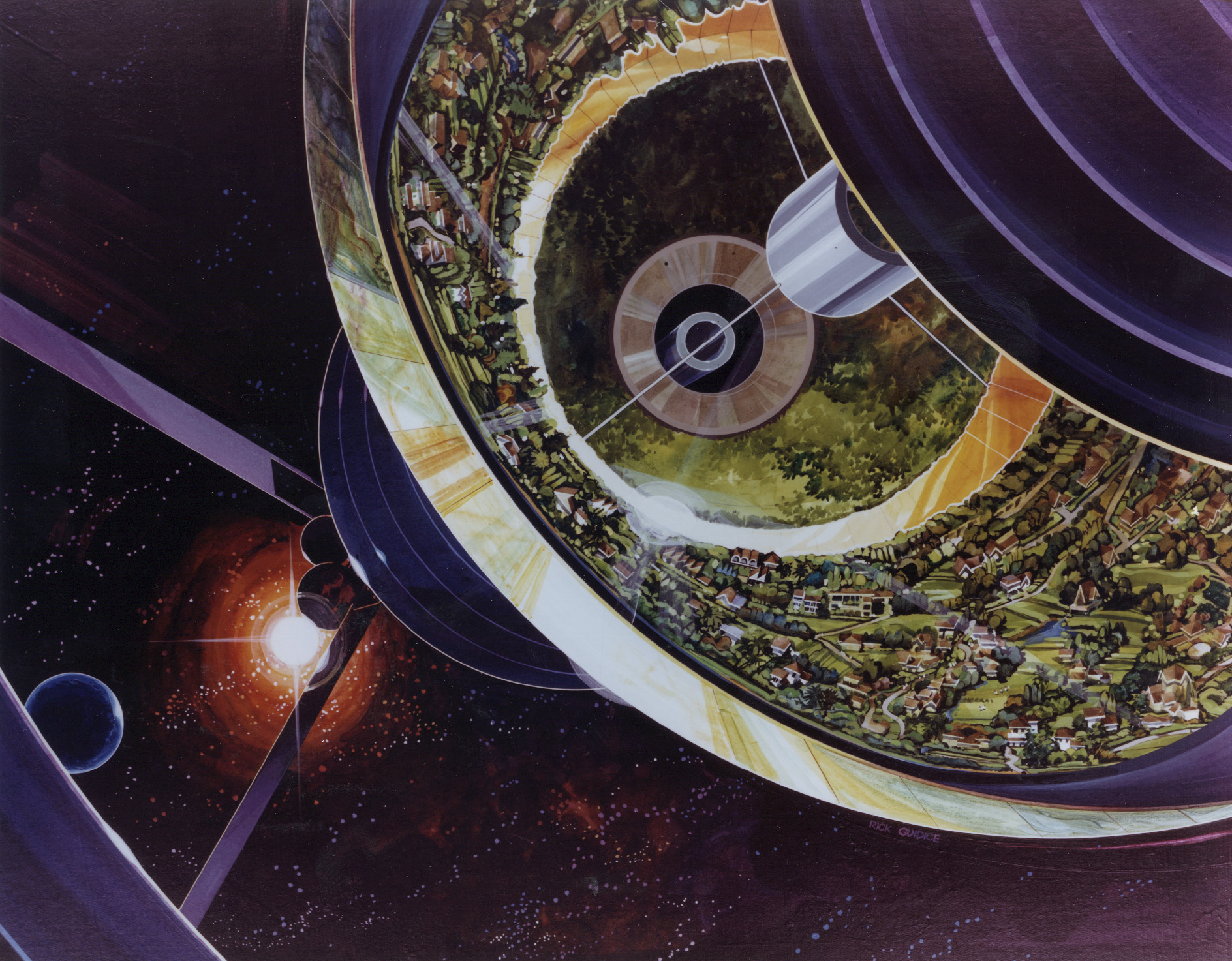Both fission and fusion nuclear power systems are in development for use in space in the near future. Kilopower, NASA’s fission nuclear reactor we reported on last March has now been renamed the Nuclear Fission Power Project. An update appeared recently in Chemical & Engineering News.

On the fusion front, a compact generator is under development by Magneto-Inertial Fusion Technologies, Inc. (MIFTI) a subsidiary of US Nuclear Corporation. In a recent press release the company claims that its staged Z-Pinch reactor may come on line within 5 years, which could potentially be providing power to lunar settlements by the end of this decade. The system may even have enough power to propel hypervelocity space ships shortening trips to Mars.

Schematic of staged Z-Pinch fusion system. Credits: MIFTI









